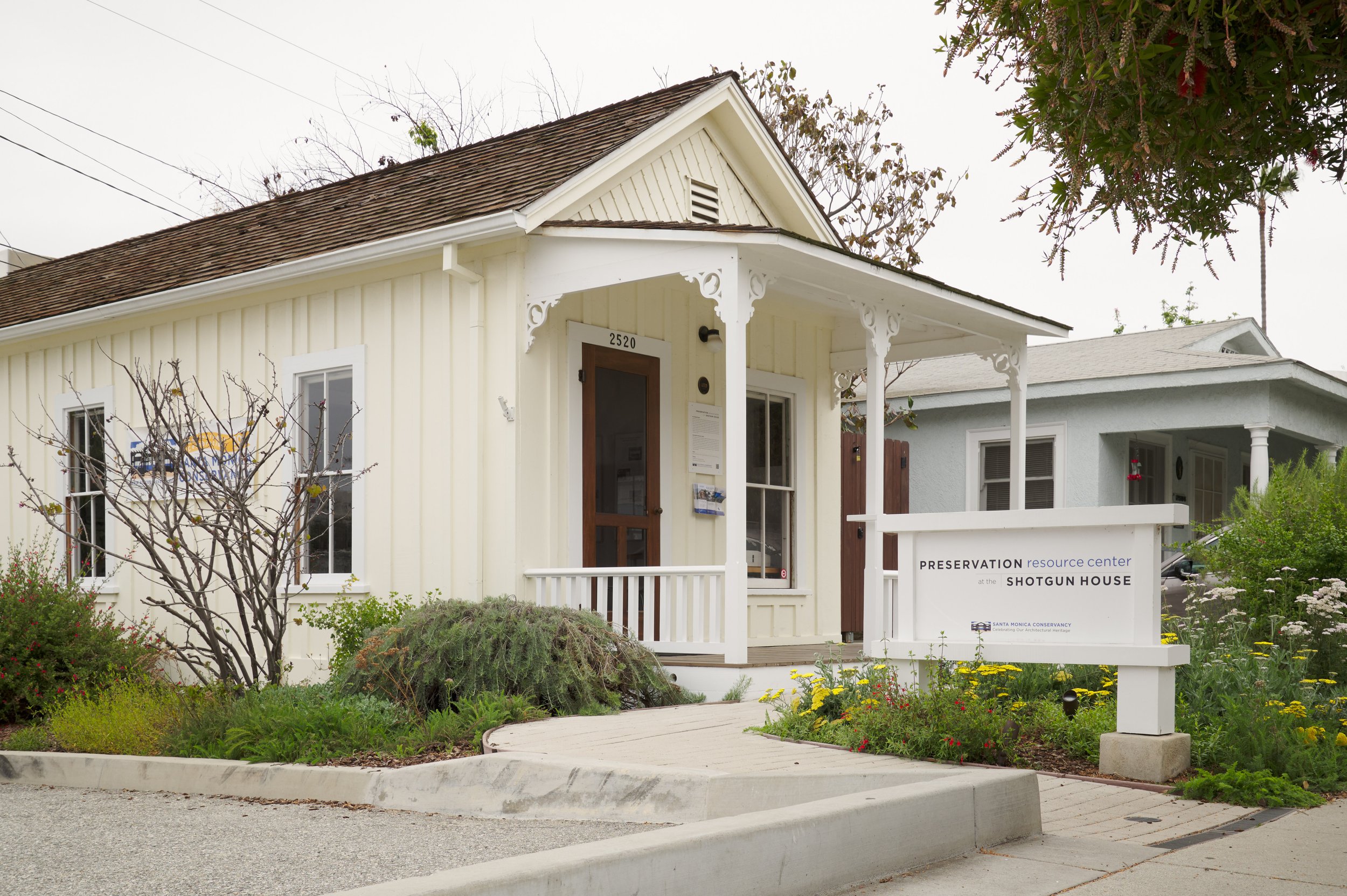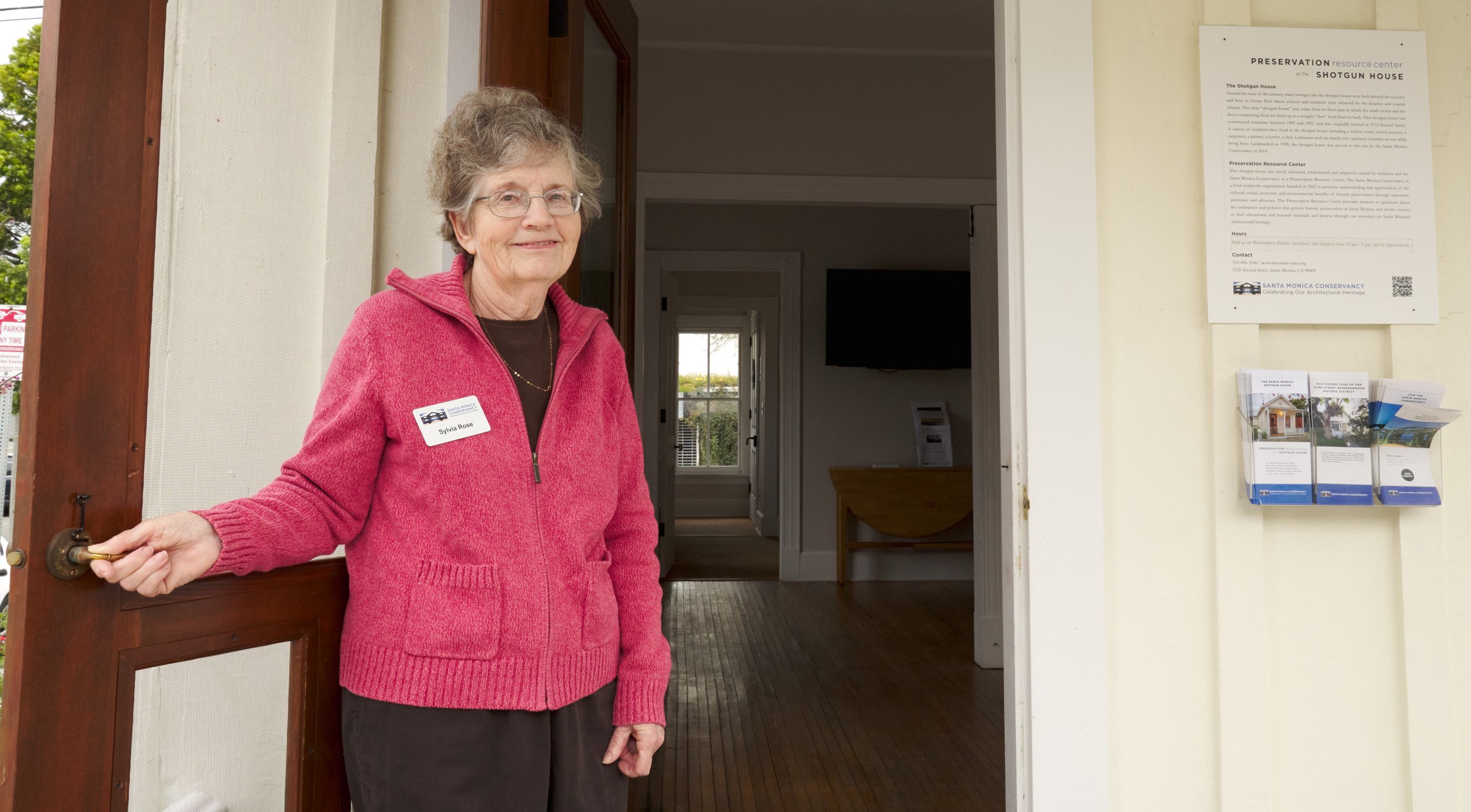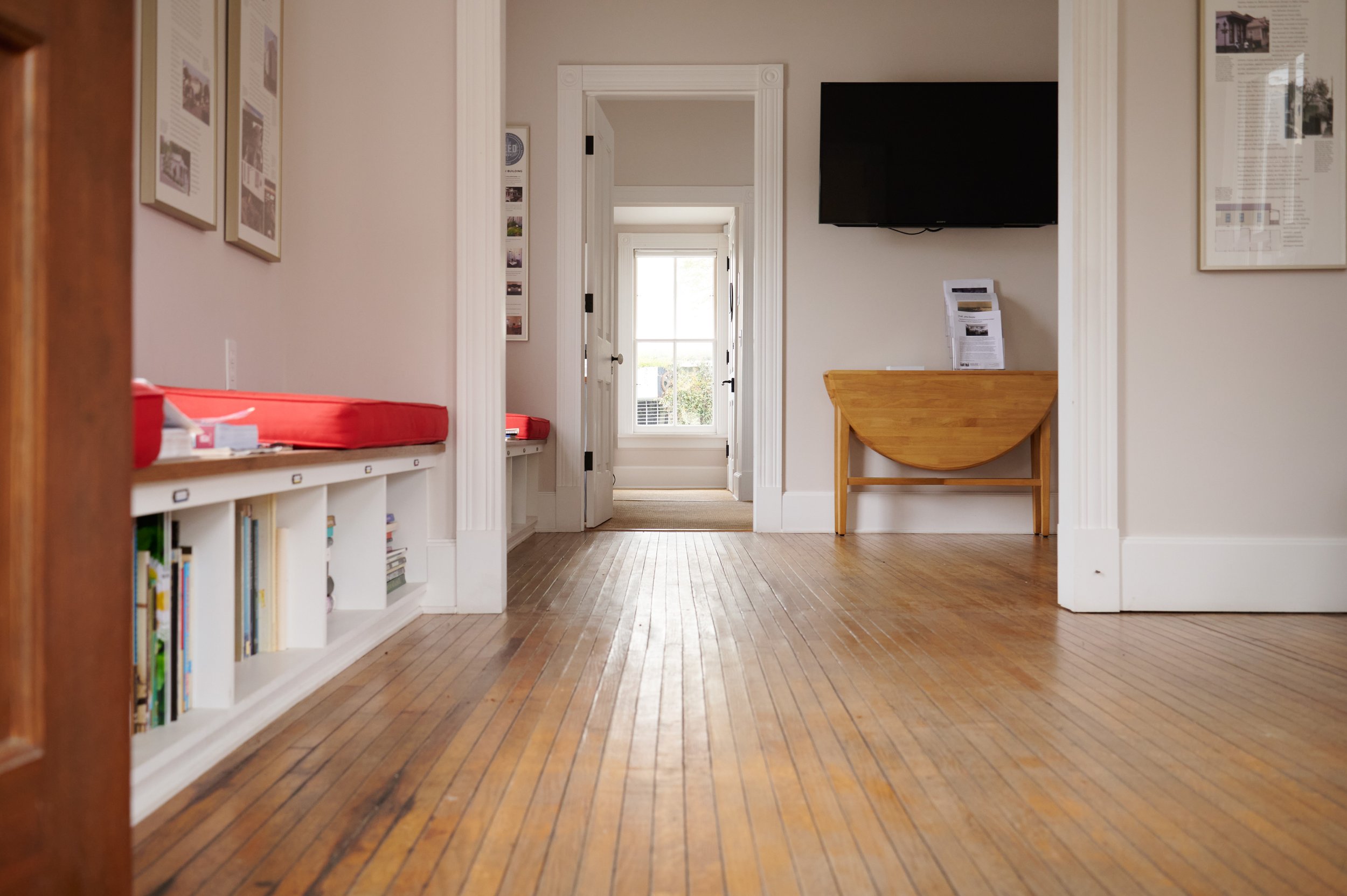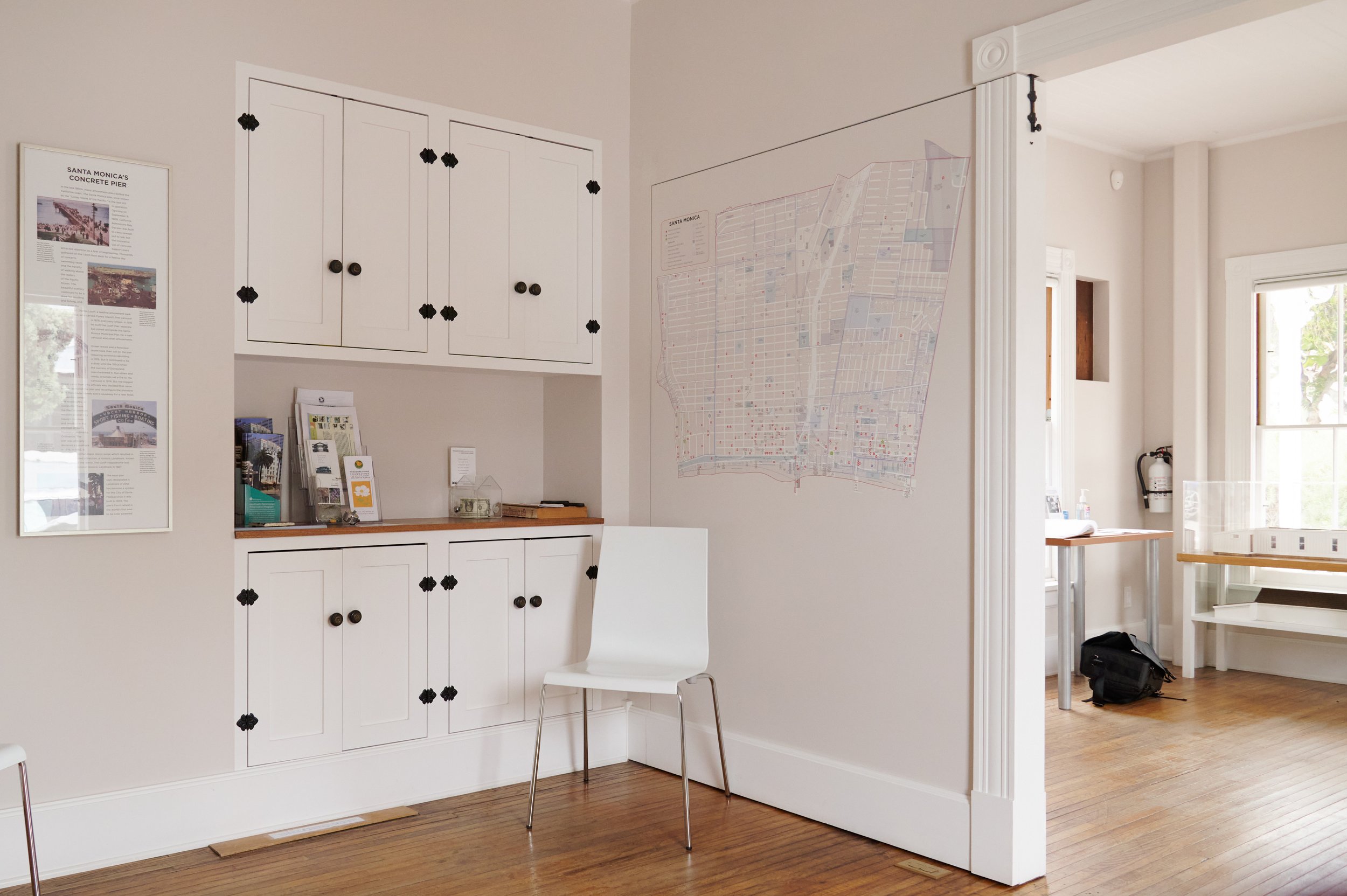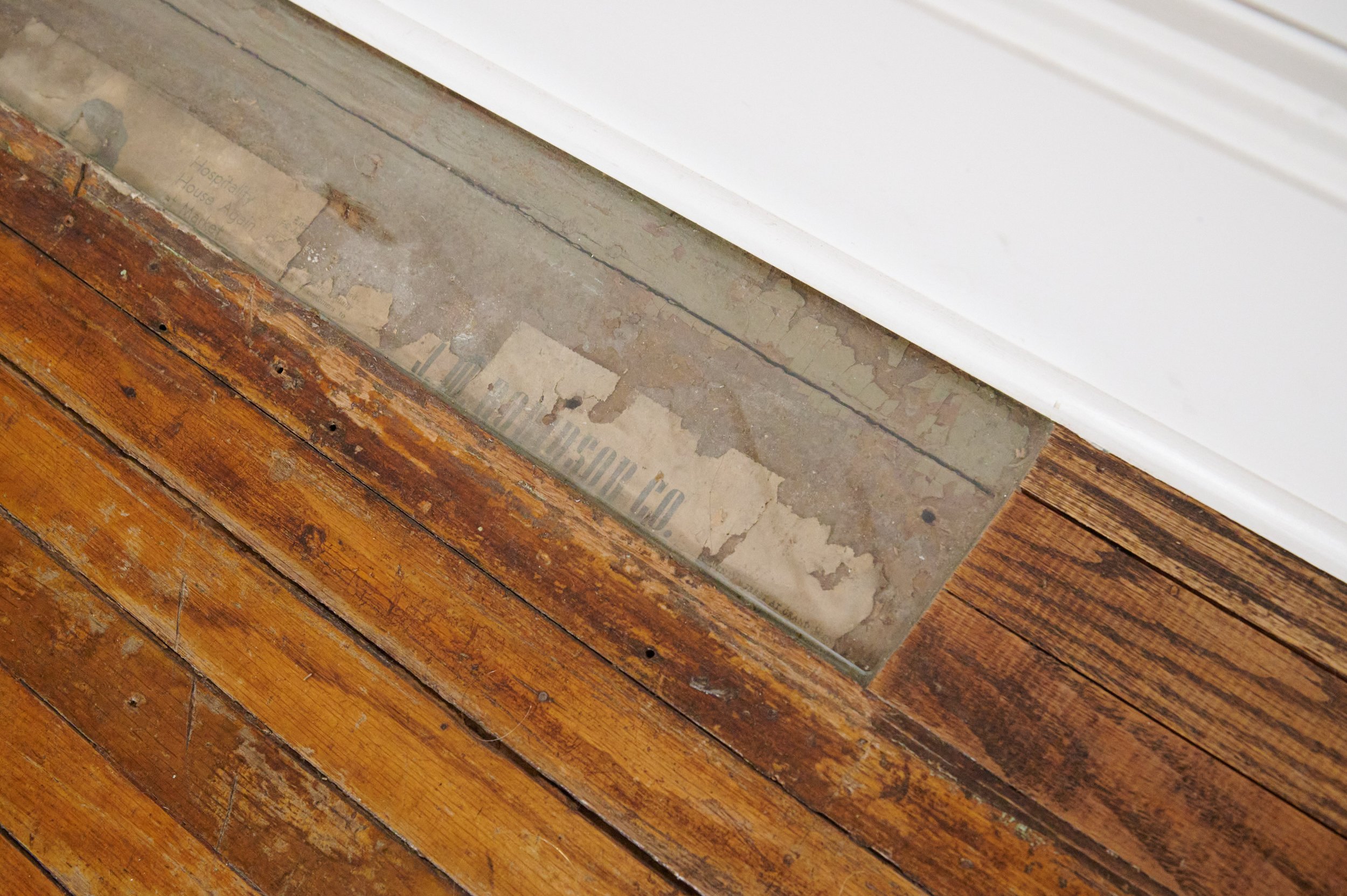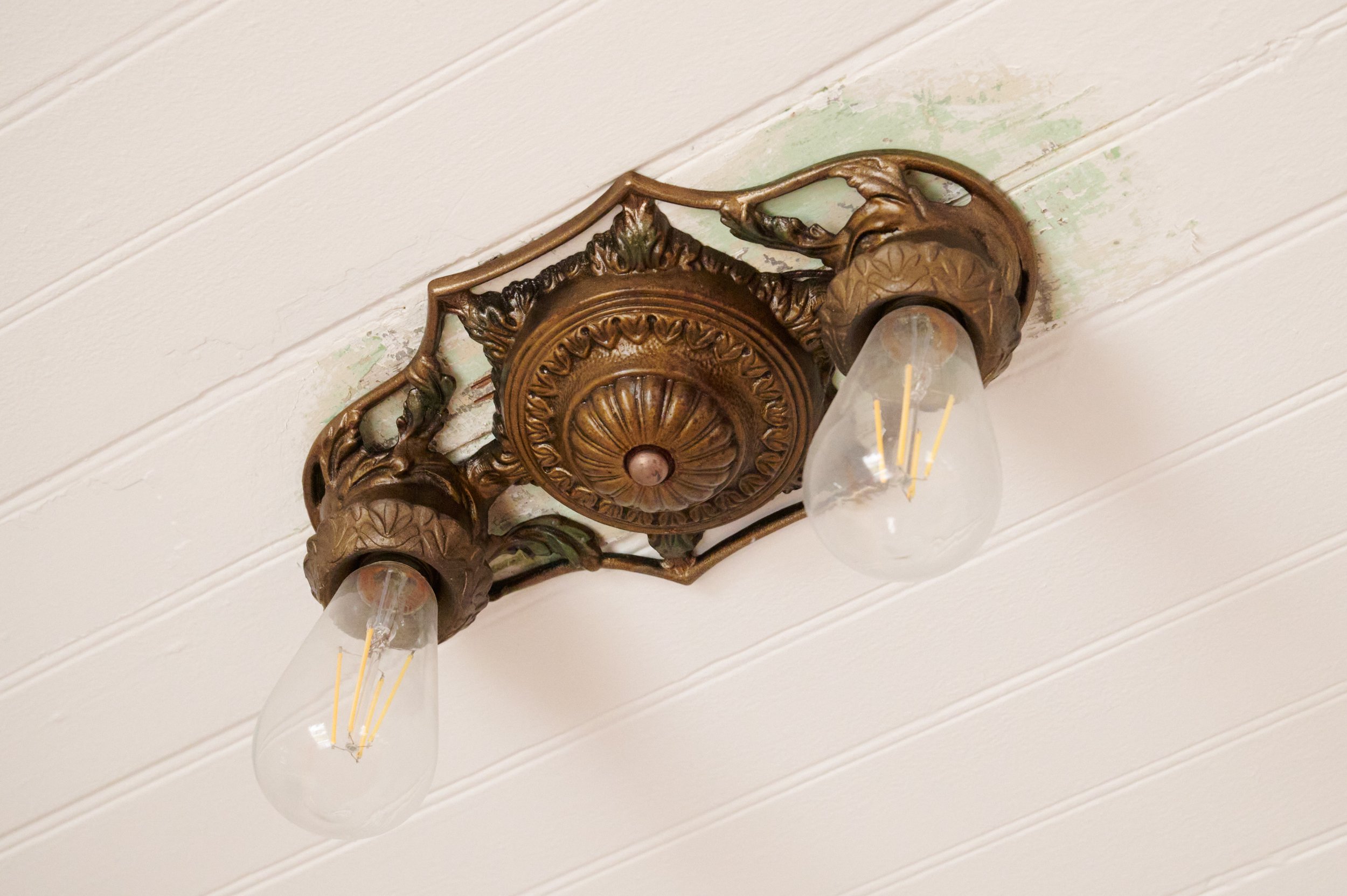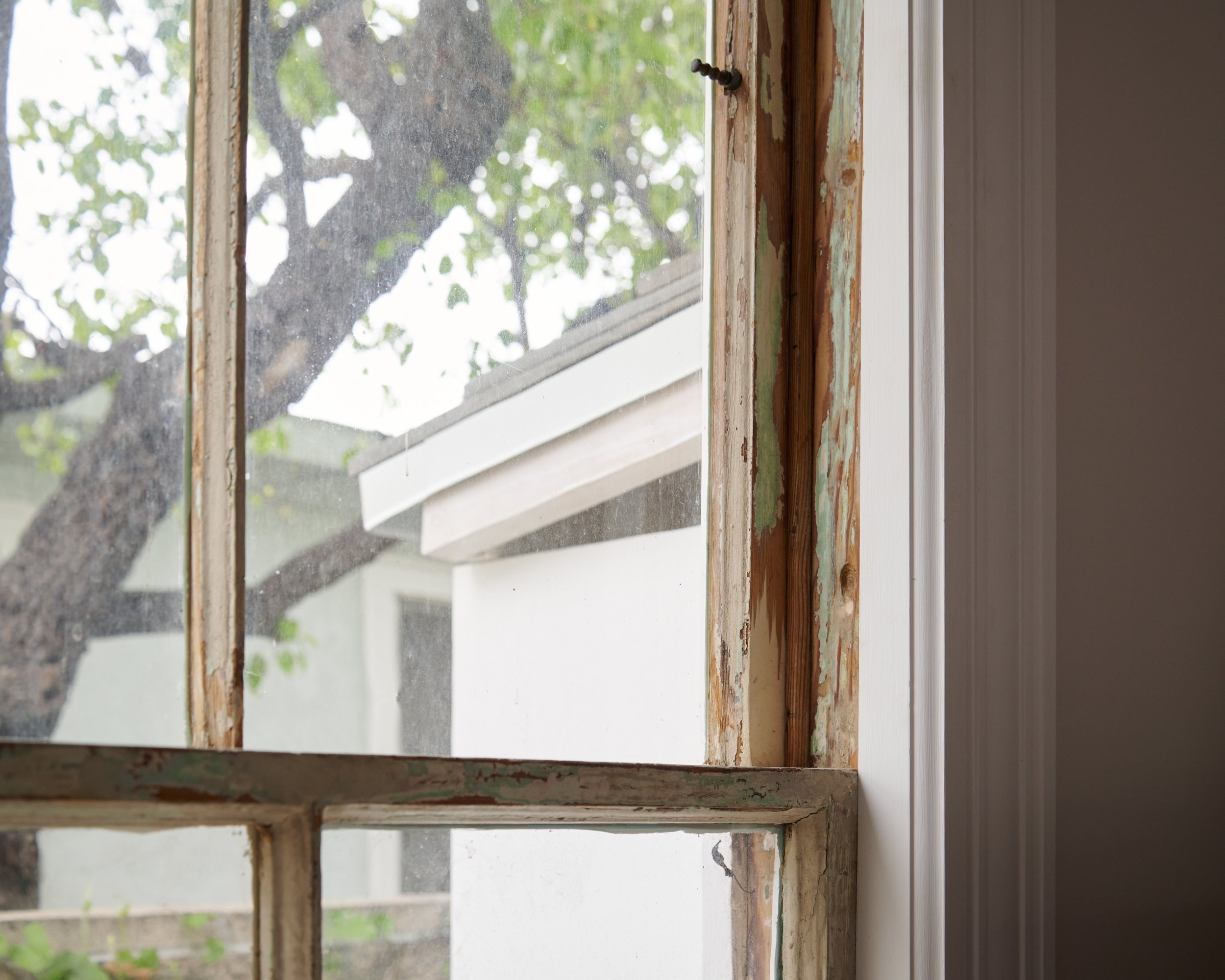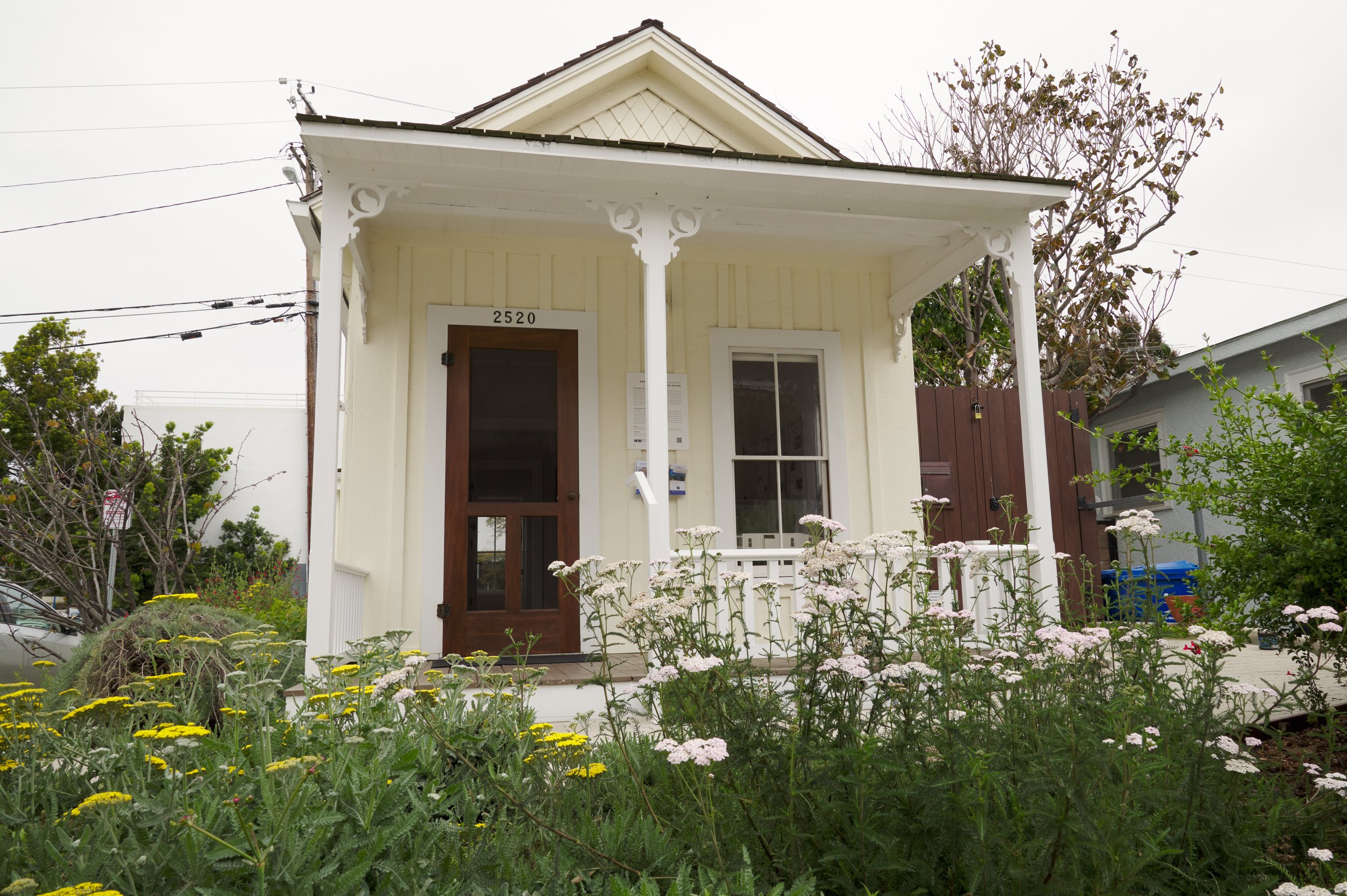A Small Landmark That Packs a Lot of History
The last Shotgun House in Santa Monica is a historical landmark open for free tours to the public.
The last intact Shotgun House in Santa Monica is located at 2520 Second St., near the intersection of Ocean Park Boulevard and Main Street. The historical landmark is open for free tours, which are held two to three times a month.
The house was originally built in 1897, and serves as the Preservation Resource Center (PRC) for the Santa Monica Conservancy. PRC docent Sylvia Rose said that the Center “provides help for people who are trying to restore or save old buildings.”
According to Rose, the house stood two blocks further south 15 years ago. The owner of the property planned to knock it down to make more land space, but the neighborhood got together in protest to save the landmark.
“One of the neighbors said ‘no, you’re not gonna do that,’ and literally got between the bulldozers and the house,” Rose said. “The neighborhood came together to save this house.”
After it was saved, the small building was moved to a new location and money was raised to restore it. The Shotgun House known to the public today has been open since 2012.
According to Encyclopedia Britannica, shotgun houses derived their name from the format of the rooms, which are connected directly without hallways. If a gun was fired from the front door, the bullet would pass straight through the house without hitting anything and exit out the back.
The Santa Monica Shotgun House consists of a front porch and four rooms which flow seamlessly into one another in a single straight line. The white walls are covered in framed posters that provide detailed descriptions on the history of the city.
One poster, titled “Living In The Shotgun House,” tells the history of the landmark. The Shotgun House was occupied by the family of Karen Noonan from 1956 to 1967. Noonan lived here with her two parents, her brother, and an older sister who visited from time to time.
The front room was used as the living room, the two middle rooms were bedrooms, and the rear room was a kitchen. The pop-out in the wall of the second room, which, according to Rose, could have been used for a Murphy bed at one point, was used as a clothes closet by the Noonan family. Today that space is taken up by four built-in cabinets.
The entire floor of the house is covered in lacquered wood. However, there is a small sliver right below the cabinets that is missing a floor board, revealing the house’s original wooden flooring. The fourth room of the house, which was added after the restoration, contains a small fragment of the original wall — a faded, peeling wallpaper with a rhombus pattern dating back to the 1950s.
Catherine Azimi, the Communications and Database Manager for SMC, said that the Shotgun House has seen over 7,000 visitors since its grand opening back in 2012.
“One of the things that we offer and promote as an organization is the heritage of the city and an authentic Santa Monica experience,” said Azimi. “We tell the story of why buildings are the way that they are and why the community is built the way it is.”
More information on tours for the Shotgun House can be found at www.smconservancy.org.

